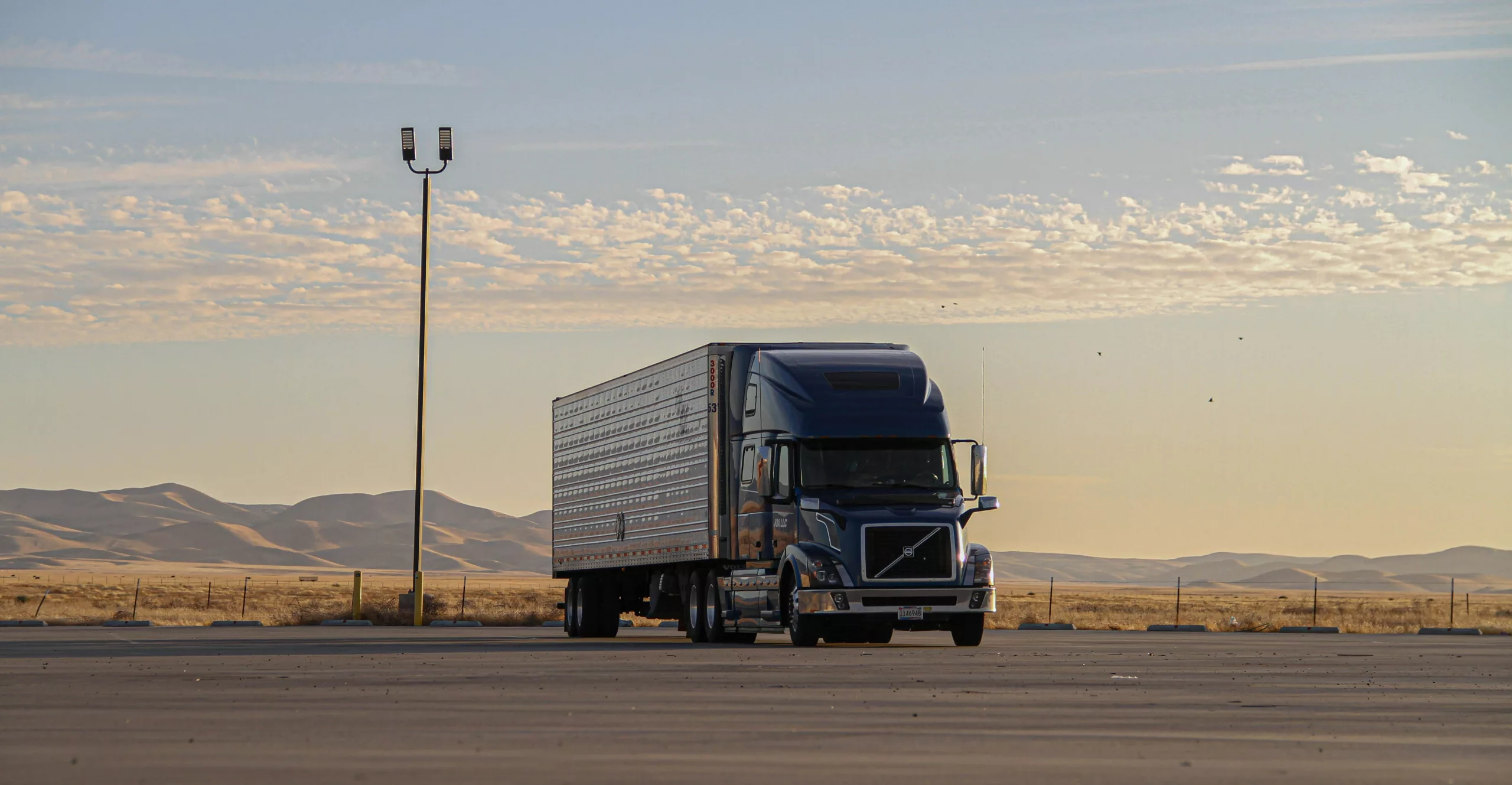Every year, an astonishing 10 billion tons of freight traverses across the United States, covering a collective distance of 300 billion miles. This massive transportation effort is not without environmental costs, accounting for a staggering 23 percent of the nation’s transportation-related emissions, with over 400 million tons of carbon dioxide equivalents released into the atmosphere. To align with climate objectives, a significant shift towards the electrification of medium and heavy-duty vehicles is imperative.
Tackling the Charging Challenge
One of the most daunting hurdles in the path to electrification is the glaring inadequacy of charging infrastructure. The charging needs for electric trucks are vast and varied, ranging from 50 kW to over 750 kW. These high-powered chargers are far from standard and installing them is no trivial matter, requiring both substantial costs and potential upgrades to the existing grid infrastructure. It’s therefore essential that planning for the rollout of such chargers be both strategic and proactive.
Strategic Questions for Effective Electrification
Energy Requirements & Charging Infrastructure
To assist in the smooth transition to electric trucking, a recent report leveraging Geotab ITS telematics data from 15 states has been pivotal. The states under study are those intending to adhere to the Advanced Clean Truck (ACT) regulations. The report presents critical questions that need addressing:
- What are the projected energy demands and the corresponding number of chargers required for the electric medium and heavy-duty trucks?
- How will the anticipated increase in energy demand affect the existing electrical grid?
- Where is the investment in infrastructure most needed, and how can costs be effectively managed?
- What are the investment priorities to ensure equitable distribution and the realization of maximum social benefits?
Informing Stakeholder Decision-Making
With tangible data and insightful analysis, the report serves as a vital resource for informed decision-making in the aforementioned states. It provides a fundamental understanding for the stakeholders on optimal planning and execution strategies to drive forward truck electrification. Stakeholders in other regions can also extract valuable insights and learnings applicable to their own electrification efforts, helping to set the stage for a more sustainable transportation future.
